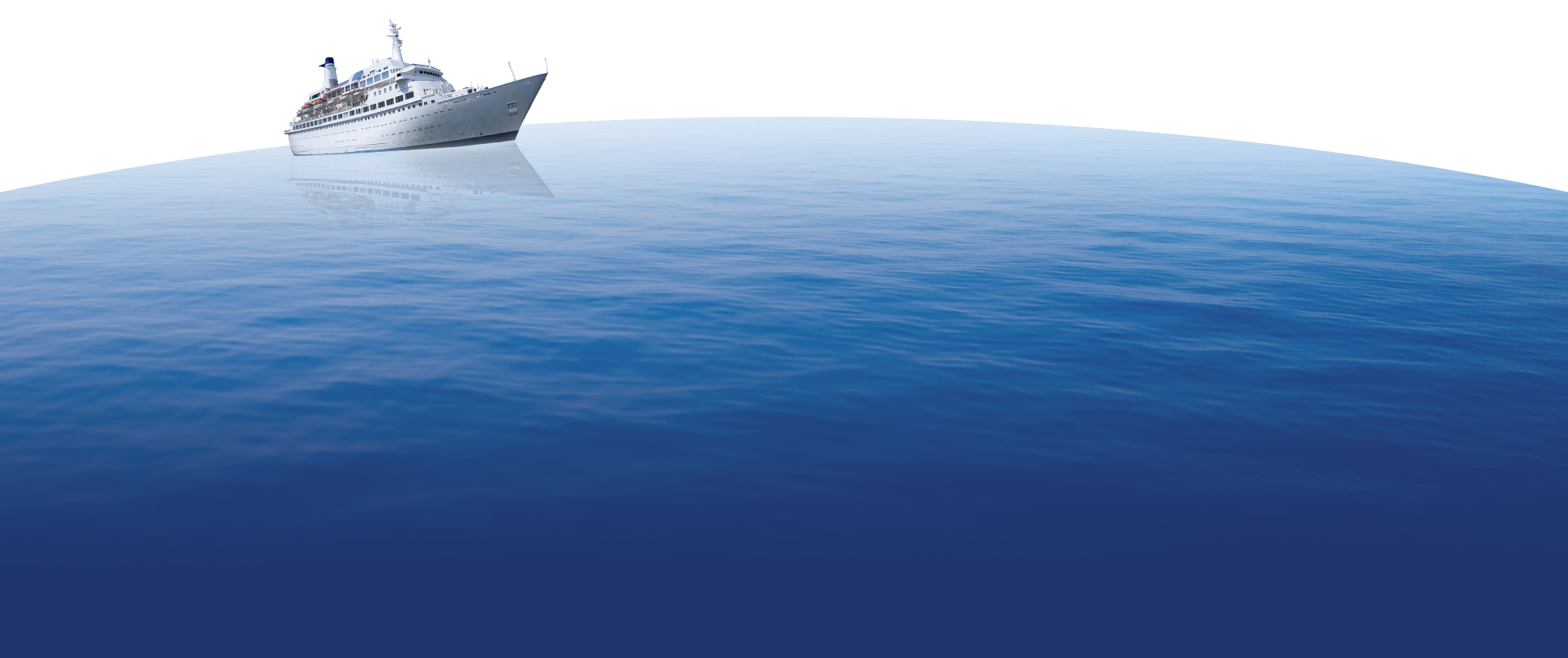From Parcel to Pallets: Understanding the process of Air Freight in Malaysia
Introduction
Have you ever wondered how that package you ordered online makes its way from one corner of the world to your doorstep in Malaysia? Well, get ready to dive into the fascinating world of air freight! In this blog post, we will take you on a journey through the intricate process of moving parcels and pallets through the skies. From bustling cargo hubs to high-tech tracking systems. Join us as we unravel the secrets behind seamless logistics.
And discover how air freight keeps our global economy soaring. So fasten your seatbelts and prepare for an exhilarating ride. Filled with insights about Malaysian air freight that will leave you amazed! Are you curious about how your online purchases make their way from far-off lands to your doorstep? Wonder no more, because today we are diving into the fascinating world of air freight Malaysia!
From parcels to pallets, this intricate process is what keeps our global economy buzzing. And ensures that everything from small trinkets to large-scale goods reach us in record time. So fasten your seatbelts as we take off on a journey through the sky-high logistics of air freight. And uncover the secrets behind its seamless operation in Malaysia. Get ready for an eye-opening adventure like never before!
What is Air freight?
Malaysia is a country with excellent infrastructure and logistics capabilities. This is evidenced by the country's ranking at the top of the World Economic Forum's Global Competitiveness Index for two consecutive years. Malaysia has been able to achieve this ranking due to its strong performance in five key pillars of competitiveness: financial system, innovation, infrastructure, human resources and market sophistication.
Air freight is one of the main modes of transportation used in Malaysia. In 2016, air freight transported goods worth RM296 billion, accounting for 13%. Of total domestic cargo shipments and 25% of value added in the transport sector. Growth trend in air freight continues to be strong, with cargo volumes forecasted to grow by an average 5% annually through 2021.
There are several factors contributing to the growth in air freight Malaysia. Among these are increased demand from e-commerce businesses and emerging markets; enhancements made to infrastructure such as new ports and airports. And improvements made to customs procedures and regulatory controls. For companies shipping goods internationally, using air freight can be a more cost-effective option. Than other modes of transportation, such as sea or land cargo.
Companies that ship products internationally will need to consider a variety of factors when choosing an air freight service provider. These factors include the type of product being shipped; the destination country; the shipping time period; and the shipping method (air or sea). When choosing an air cargo service provider, it is also important to review their customer service policies and procedures
How does Air freight work?
-
Air freight is a critical mode of freight transport, used to move large and heavy goods over long distances. Process of air freight works like this: a cargo aircraft takes off from a port with the goods it is carrying, and flies to its destination. Along the way, it drops off packages of cargo at various intervals called "stops."
-
At the final destination, the aircraft lands and unloads its full load. Airfreight is one of the most efficient modes of transportation. Since it can carry more cargo than any other type of freight transport.
There are three main types of airfreight: domestic, international, and mail. Domestic airfreight is carried within a country's borders; international airfreight is carried between countries. And mail airfreight is carried by postal service between countries.
-
Reduced shipping time: Compared to other modes of transportation, sea freight can take less time to deliver your shipment to its destination.
-
Each type has its own set of benefits and drawbacks. Domestic airfreight is cheaper than international or mail airfreight. But it is slower because planes have to stop at all the stops along the way. International airfreight is faster than domestic airfreight, but it costs more because planes have to fly further distances. Mail airfreight is the fastest type of air freight, but it is also the most expensive. Because planes have to fly very low over land in order to deliver packages directly to their destinations.
Sea freight companies in UAE
-
There are many sea freight companies in UAE that offer shipping services for goods between countries.
-
Sea freight companies in UAE is a mode of transportation where goods are transported by sea.
-
The advantages and disadvantages of sea freight companies in UAE. Vary depending on the company and the particular product or service being shipped.
From Parcel to Pallets: Understanding the process of Air Freight in Malaysia
-
When we think of shipping goods, most of us think of air freight. Air freight is a method of transportation that uses planes to move packages and other cargo from one place to another.
-
Process of air freight begins by loading the shipment onto the plane. Plane typically travels at high speeds, which allows it to transport large items quickly. Once the plane arrives at its destination, the cargo is unloaded and transferred. To trucks or other carriers for transport to the customer's location.
Different stages of Air freight
Malaysia is well-known for its efficient air freight process. Air cargo is transported using both air and sea routes. Country's main airport, Kuala Lumpur International Airport (KLIA), has been ranked as the world's sixth busiest airport by passenger traffic in 2013.
Different stages of air freight are shipment, loading, transport, delivery, and unloading.
a) Shipment: First stage of air freight involves packing the items to be shipped into boxes or crates. This is usually done by the shipper or manufacturer. Items that are perishable or sensitive must be packed with care to prevent damage during transit.
b) Loading: Once the shipment is boxed or crateted, it is ready to be loaded onto a transport aircraft. Loading can take place at the originating airport or at a destination airport closer to the customer.
c) Transport: Aircraft transport goods from one location to another in a safe and efficient manner. Airlines use various types of aircraft for this purpose including turboprops, prop planes, and jets.
d) Delivery: Once the goods have arrived at their destination, they are delivered to the customer's doorsteps using specialized trucks or trailers. Delivery happens either directly to customers' premises or through an intermediary company such as a warehouse or port terminal operator.
e) Unloading: Once the goods have been delivered to their final destination. They must be unloaded from the transport vehicle and placed into appropriate storage facilities before being used or
Air freight is the transportation of cargo by air. Air cargo transport began in the early 20th century with military aviation. And has since grown to become one of the world's largest transportation methods. Today, air freight is used for a variety of goods, including materials. Such as food, pharmaceuticals, and electronics, as well as car parts and machinery.
How do you become an air freight agent in Malaysia?
Air freight is a vital transportation method across the globe, and Malaysia is no exception. There are many factors to consider when choosing whether air freight. Or another form of transportation is the best option for your product or shipment. This article will cover the basics of air freight Malaysia and provide tips on how to become an air freight agent in the country.
When considering air freight, there are a few things you need to understand.
Firstly, airfreight Malaysia typically uses smaller aircraft than ground transportation options like trucks or railroads. This allows for more shipments to be transported at once and reduces overall transit time.
Secondly, because Malaysia is located near major shipping routes like the Strait of Malacca and Singapore. It has access to some of the world’s most efficient air cargo systems.
If you want to become an air freight agent in Malaysia, there are a few things you need to know. First and foremost, you will need a valid license from the Malaysian Civil Aviation Authority (MCA). Next, you will need experience working with cargo planes and shipping containers. You will need excellent communication and coordination skills both with your suppliers and customers.
Malaysia is a key air cargo hub in Southeast Asia and ranks fourth in the world. In terms of the value of air freight transported, according to the World Atlas. It is also one of the most expensive places in the world to send a package, with shipping costs averaging $27.41 per kilogram.
To become an air freight agent in Malaysia, you must first have a degree in engineering or management or be registered as an Air Transport Professional (ATP). With the Malaysian Civil Aviation Authority (MCAA). You will also need to pass an Air Cargo Agent Certification Examination (ACAE), which is administered by the MCAA.
Air Freight Company in Malaysia
-
Air Freight Company in Malaysia is the fastest and most efficient way to move cargo around the world. When you need to get your package or container from A to B as quickly and easily as possible, air freight is the best option. Air Freight Company in Malaysia use a variety of methods to move cargo, including air, sea, and land.
-
Air transport is the quickest and cheapest way to move cargo between countries. Airlines use modern aircraft with state-of-the-art engines that can transport large quantities of cargo at high speeds. Air freight companies use planes, helicopters, or ships to transport goods between ports.
-
However, sea freight has its disadvantages as well. Shipping costs are high, which means that not all products can be shipped this way.
-
Sea transport is a common method for moving goods between countries on the open ocean. Ships take cargo from one port to another by docking at different ports along the way. This method is slower than air or land transportation but is more cost effective than shipping through narrow waterways or overland routes.
-
Land transport is the most common form of transportation for moving goods between cities and villages. Trucks and trains carry items across long distances on roads and railways. It can take longer than other methods but is usually less expensive than shipping via air or sea.
Best air freight in Malaysia
When you think about Best air freight in Malaysia what comes to mind? Maybe images of huge planes flying overhead with stacks of boxes neatly packed inside? While Best air freight in Malaysia is still an important part of global trade, the process has evolved significantly over the years. Today, Best air freight in Malaysia is typically transported using smaller aircraft and more frequent flights. This makes it easier and faster to move larger shipments around the world.
Air cargo in Malaysia can be transported using both scheduled and unscheduled services. Scheduled air cargo services involve chartering a specific aircraft for a fixed flight duration. These flights are typically booked well in advance, so there is usually ample supply available.
Unscheduled air cargo services involve loading a plane with cargo at any time. Making them ideal for when there’s not enough space on a scheduled flight. Or when you need to get your shipment moving as quickly as possible.
First and foremost, you will want to make sure that the carrier you choose has a network that covers your destination country. Second, be sure to research the rates offered by different carriers. Make sure you have an idea of what you are getting yourself into not all shipments are handled equally!
Malaysia Air freight
Malaysia Air freight is a key air cargo hub in Southeast Asia and one of the fastest-growing freight markets in the world. The country’s geographic location and strong infrastructure have made it an attractive destination for air cargo carriers.
Supply chain for Malaysia Air freight starts with loading of goods onto pallets at local distribution centers. Palletized loads are then transported to the airport by truck, rail or sea. Air freight Malaysia is a growing industry in Malaysia, with capacity expected to grow by around 10% annually through 2020.
Sea freight
-
Air freight is a critical mode of transportation for shipments that require quick delivery times and maximum efficiency. Cargo is loaded onto pallets at local distribution centers and then transported to the airport by truck, rail or sea. Air freight is a growing industry in Malaysia, with capacity expected to grow by around 10% annually through 2020.
-
Air freight Malaysia, the transportation of goods by air, is an important mode of transport in Malaysia. Country has a well-developed infrastructure for air cargo and logistics. Air freight plays an important role in the country's economy, accounting for over 5% of total trade.
RMS Air freight in Malaysia
RMS Air freight in Malaysia is one of the most efficient in the region, and facilities are expanding to keep up with growing demand. Air cargo capacity has increased by almost 50% since 2007, reaching 1.2 million metric tons last year. Air freight is a vital part of the Malaysian economy, contributing more than 11% to GDP.
Sea freight
Process of RMS Air freight in Malaysia begins with a shipment of cargo being placed in a container or pallet. Containers can be loaded onto a plane from any port in Malaysia, and are transported to any destination around the world. Pallets are loaded onto trucks and transported to an airport where they are unloaded and transferred into containers or planes for delivery.
Air cargo is transported by a variety of modes including commercial airlines, cargo planes, and vessels. Airlines such as Malaysia Airlines, Air Asia Berhad, and MASwings handle most international air freight.
While Firefly Airlines operates domestic routes within Malaysia. Vessels such as the Suezmax and Golden Princess transport large loads between countries in Southeast Asia and beyond.
FIGURES AT A GLANCE ABOUT RMS
29
Years of History
1000+
Employees
15
Offices Worldwide
35000M²+
Warehouse
10
Workshops
100+
Professional
Technicians
3400M²
Dry Food
Warehouse
1500M²
Cold Storage
Facilities
20,000
Avg. Ships
Supplied/Year
2500+
NB Initial Supply
China: RMS Marine Service Company Ltd.
Korea: ACE-RMS Marine Service Co., Ltd.
Singapore: RMS Marine & Offshore Service (S) Pte Ltd.
Europe:RMS Marine Service B.V.
We are committed to achieving total customer satisfaction and aiming to be your Reliable &
Responsive partner in marine and offshore and cruise industry. We focus on expertising and
diversifying our services and products to create the best value for our clients consistently,
whilst fulfilling our responsibility to society and environment.














 Hotlines for RMS Group:
Hotlines for RMS Group: